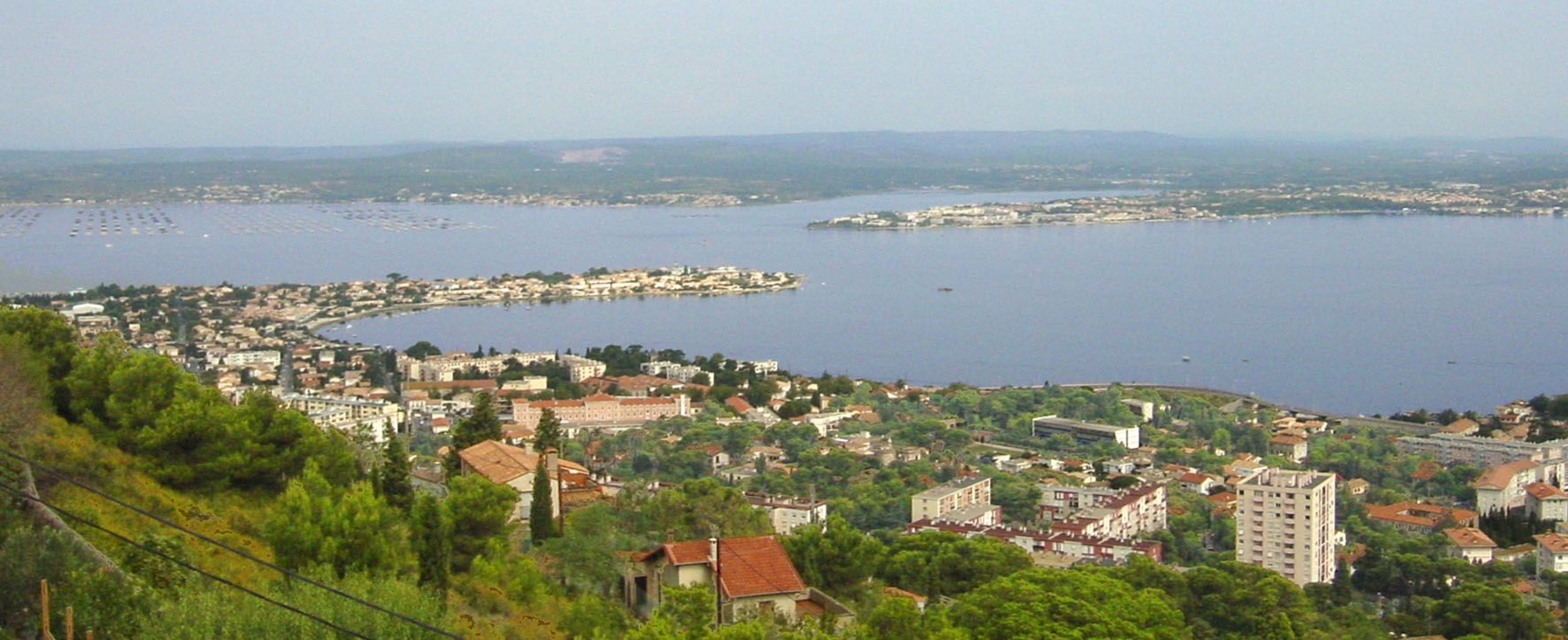
- Home
- Exploring the shoreline
- Étang de Thau
The Étang de Thau is the largest and deepest series of lagoons in the French region of Languedoc. Excavations between 1997 and 2002 on the archaeological site of Fangade, which lies to the south, uncovered the remains of a late Bronze Age lagoonal dwelling some 300 metres from the shore.
Fruitful excavations
Archaeologists found in Fangade a remarkable deposit with the potential for improving our understanding of protohistoric dwellings. They were able to examine features and levels of occupation, analyse their state of preservation, refine the site’s chronological typology, study the type of wood used in building settlements, and identify clues as to variations in the level of the sea. Trial trenching at various locations in the layers of sediment uncovered several types of object, including 165 posts made of holm oak (ilex), cherry, olive and willow, some tools, and fragments of pottery.
A page in prehistory
The study of submerged lagoon settlements enables archaeologists to understand how and where village communities moved as sea levels rose. The Fangade site, in particular, tells us about the way humans lived in the south of France during the Bronze Age. In this respect, underwater archaeology pioneers new avenues of research at the intersection of numerous scientific disciplines. Excavations on land and under the sea are mutually enhancing and share the common goal of understanding – from the analysis of a potsherd (fragment of pottery), wooden post or grain of barley – how humans lived and built their settlements, how and why they migrated and traded, what objects they used, and so on. This site belongs to a system of coastal occupations which are today submerged and hidden from view.





